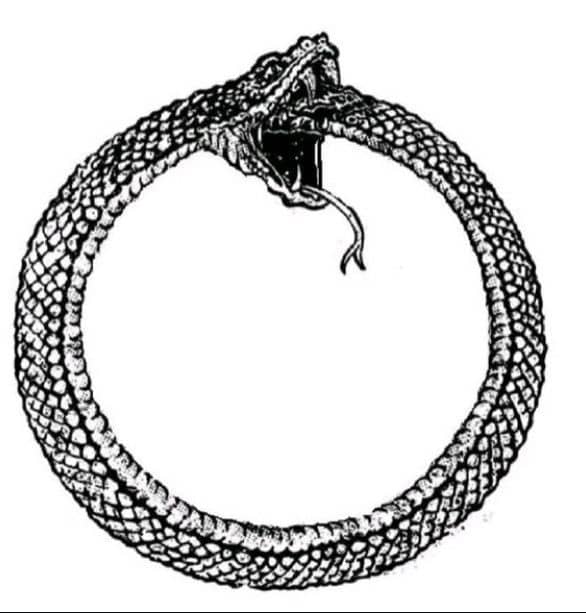Rec
🥼
some pics from my most recent installation performance, mind simulator
these are from the lucid dreaming, mindfulness, and nature corner
I should have first written about the whole thing but hey
what can be shown cannot be said
4.1212

+4

Jun 2, 2025
Related Recs
Rec
🧮make it as simulating as possible??????
perhaps loving in a simulation
tending to your garden in a simulation
laughing at odd shapes with good sounds in a simulation
Rec
👁in my experiments I am exposed. Where the hand of the cleansed pets my scalp, and digs its nails well under my meninges. And grasps onto my chiasm to force my head back out of where it rests, and where it’s been. And I see, the sky bore a pearl. The pinball above casts its atmosphere around us as a dome containing the fog of our skin. Shrouding my prints, and the tracks of my parents. And the map of our possibility is black as the forgotten while beneath. And when the hand releases, I fall to rest and exhaust my memory. And so it fades. Afterward, I walk a little past the white of our sclera onto the cornea, I feel chemical burns on my feet. But the warmth is so telling. So I look at the glow of the phosphorescent spots. They become real seeping through my sight from a figment to a child’s. And as I focus myself on them they grow and consume to create a light beyond the torches of my predecessors. It shows the path we must. Its ambiance lifts me from my souls and its light spreads my retinas to three dimensions over again. And as my skin disappears I see the marble. I reach, but I can only grab its ninth layer of armor. So I climb and conquer the phosphorus cushion to feel the dome. And I peer over it briefly before the shine in my lens smolders and my skull weighs me to the ground one step back. The cascade uninitiated, but close to repeating reliance.
Jul 23, 2025
Rec

My mind randomly opened to the folds of reality, it feels like my brain and my consciousness were ripped into small shreds and spread across the earthhh.
I feel as if I am everything and nothing around me, I understand and don’t at the same time.
Like I’m peering into the minds of other whilst only seeing mine as well.
Top Recs from @duality_harddrive
Rec

Unlocking the potential of dream consciousness could be the start of redefining reality. Dwelling in unexplored territories, like the dreamworld, has the potential of revealing undiscovered human capabilities which could act as a catalyst for escaping binary modes of thinking as it creates a possibility that hasn’t been created before. Lucid dreaming forces one to “rework” traditional practices which creates space for the reconstruction of knowledge and its sources. Karen Barad argues that reality has been approached with empiricist assumptions, it has been pre-constructed and narrowed down by the limitations of human comprehension, which makes the understanding of reality limited to the human observer (Barad, 2003, p.812). While Barad’s approach shares values of mindfulness as the universal becoming of all is emphasized in both, it also highlights the need to reconsider reality as we have come to know it. Practicing lucid dreaming allows for the possibility of reconstructing the self, art, and reality.
Through travelling to unknown worlds, we can not only expand but shapeshift our understanding of reality. As Barad suggests, “The world is an ongoing open process of
mattering through which “mattering” itself acquires meaning and form in the realization of different agential possibilities.” (Barad, 2003, p.17). Mindfulness and world-travelling reveal the overlooked relations between human, nature, and matter–relations that are necessary in revealing the potential for transformation and the creation of new realities. Consequently, this exploration of mindful world-travelling to dream consciousness offers a pathway to not only redefine the art-making process through dreams but also expand our understanding of reality, actively shaping and creating new worlds within it.
Jun 2, 2025
